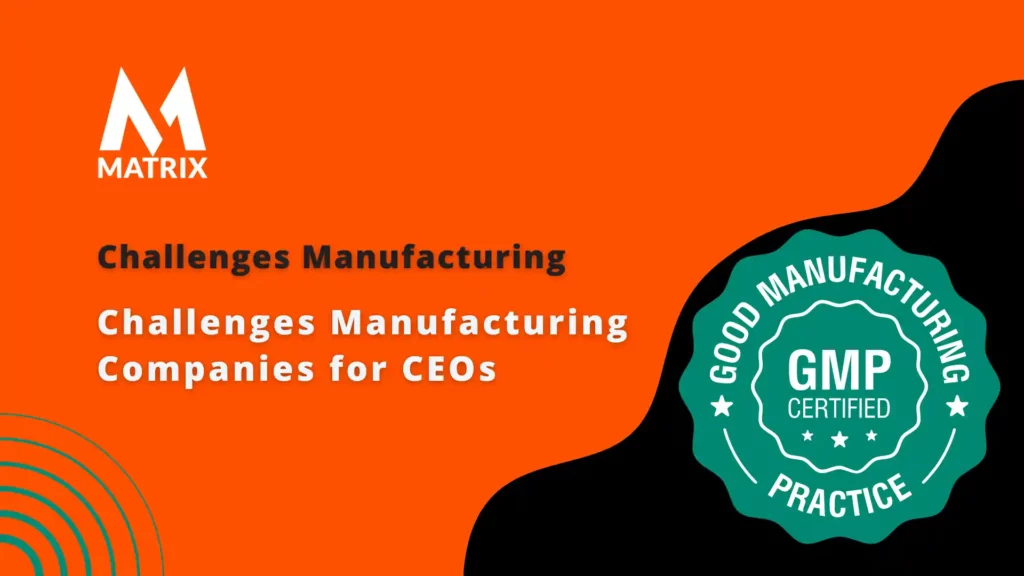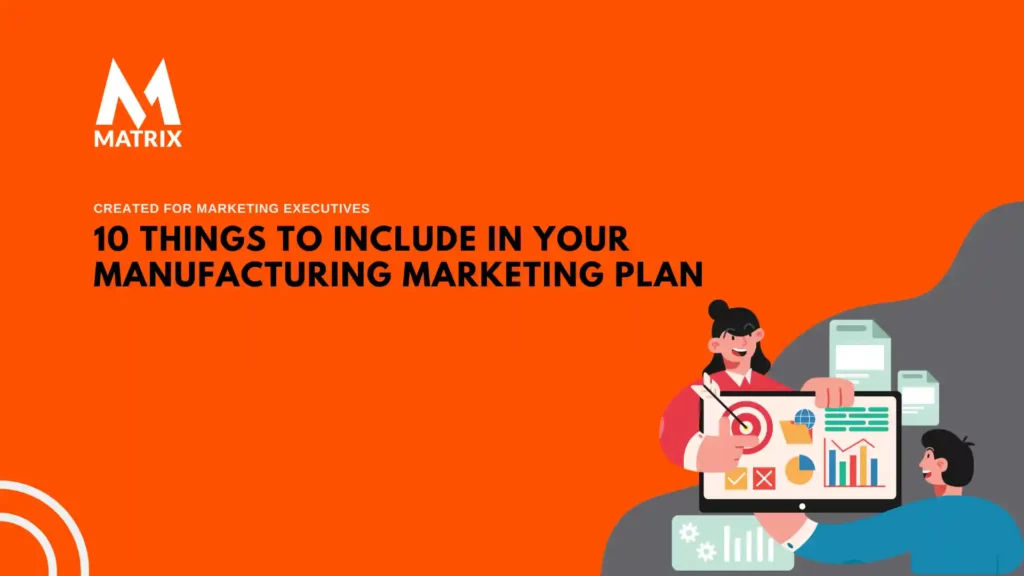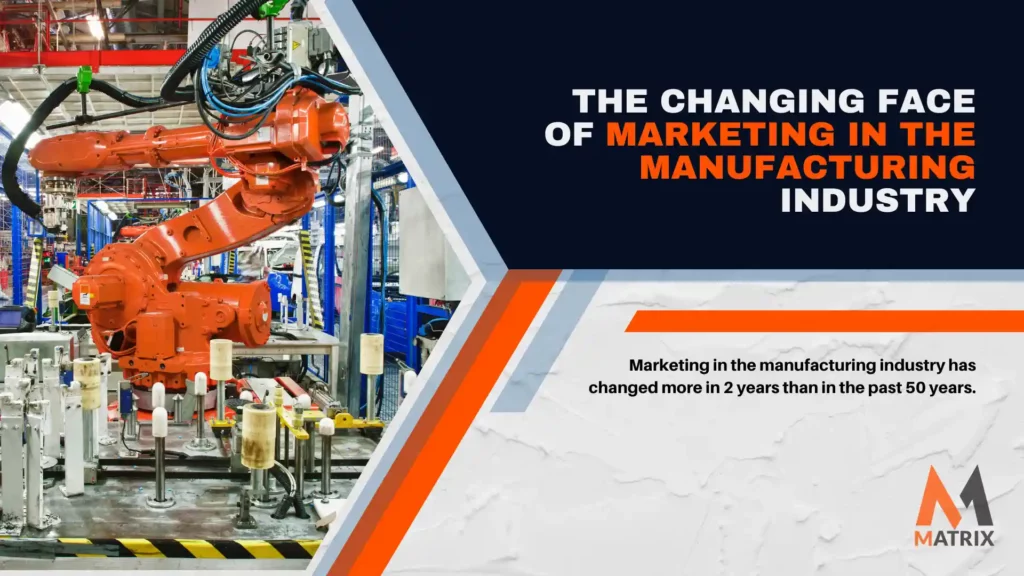2023 Challenges Manufacturing Companies for CEOs
2023 Challenges Manufacturing Companies for CEOs
As the CEO of a manufacturing company, you face various ever-changing challenges. At the start of 2023, there are certain key trends that CEOs should know and understand how to best navigate through this new year.
From long-term strategies for success in an increasingly globalized market to potential labor cost impacts as trade wars expand – all leaders in manufacturing organizations must stay ahead of the curve with up-to-date information and knowledge.
This blog post will provide an overview of major upcoming challenges – from digital transformation goals to managing nationwide operations – which every successful CEO must consider when leading their organization into 2023 and beyond.
Addressing the impact of Digital Transformation on production processes and customer experience

As a CEO of a manufacturing company, it is essential to understand the impact of digital transformation on production processes and customer experience.
This requires addressing the complexities associated with utilizing tools such as automation and artificial intelligence to achieve maximum efficiency while at the same time improving processes so that customer experience no longer follows the ‘one size fits all’ approach.
It is also important to assess how digital transformation can help streamline processes and ensure that products can be released more quickly while decreasing costs throughout the organization.
Even something seemingly minor, such as changing communication channels to incorporate automation, can significantly affect customer satisfaction. CEOs must play an important role in generating strategies to address these issues if they stay competitive in today’s ever-changing markets.
Compliance with ever-evolving regulations
As a CEO of a manufacturing company, it is essential to stay on top of regulations and ensure your operations are compliant.
The challenge lies in the fact that these regulations can change quickly, making it difficult for companies to keep up. It is important for leaders to be proactive in monitoring and implementing any new regulations, as failure to comply can lead to hefty penalties or fines.
Additionally, staying informed and educated on forthcoming changes in regulations is necessary so that the latest rules are understood before they come into effect. Compliance with ever-evolving regulations is something that all CEOs must consider to protect their business from potential risks.
Adopting Industry 4.0 technologies to increase proficiency and productivity

As a current CEO of a manufacturing company, staying ahead of the competition requires understanding that the work environment is changing.
Many companies are now adopting Industry 4.0 technologies to increase efficiency and productivity. From automated systems to connected networks of intelligent machines, these technologies can significantly help improve the performance of production operations at a minimal cost.
Adopting Industry 4.0 solutions lets CEOs better manage their human and effort resources to maximize output with minimal investment and risk within the supply chain cycle. It also gives them access to real-time data enabling them to make informed business decisions and invest in new products for development purposes beyond traditional methods.
Creating an agile, flexible workforce that can accommodate changing demand and rapidly evolving markets
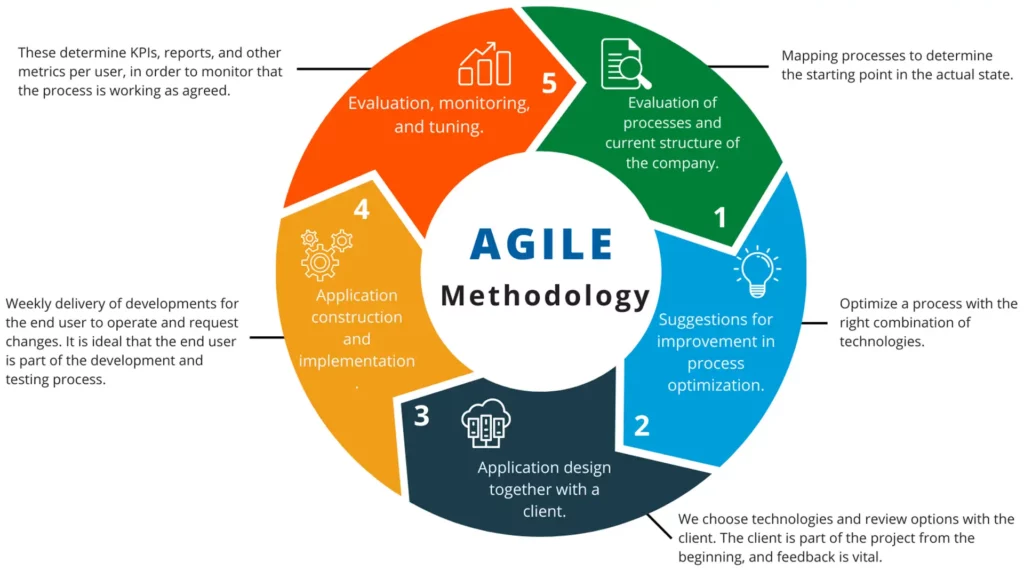
For CEOs of manufacturing companies, creating an agile and flexible workforce that can react easily to changing demand and rising customer expectations is essential. In a world where consumer tastes are always shifting, agility is the key to success – and being able to pivot with the times is just as important for a workforce as it is for any product or business model.
Ensuring employees have the skills they need to be flexible in their roles while also making sure the appropriate resources are available when needed will ensure that these manufacturing companies stay competitive in an ever-changing market.
Investing in smarter, more efficient equipment and machinery to reduce waste and increase output

Investing in smarter, more efficient equipment and machinery can be an effective way for a CEO of a manufacturing company to maximize output while minimizing waste. Doing so can yield promising financial returns while positively impacting the environment and improving the quality of goods produced.
It presents a unique opportunity to streamline processes, increase efficiency levels, minimize labor costs, and, most importantly, give consumers access to higher-quality products. By investing in the right machinery, manufacturing companies can gain a competitive advantage by delivering superior goods at a lower cost with improved accuracy and reduced production timeframes.
Developing strategies to optimize supply chain management and mitigate potential disruption from labor shortages or global supply chain issues
As a CEO in the manufacturing sector, one of the most important tasks is to develop effective strategies to optimize supply chain management and mitigate potential disruption from labor shortages or global supply chain issues.
This includes finding ways to make existing labor more efficient, sourcing cost-effective suppliers worldwide, and leveraging technology to avoid potential disruptions. An effective strategy will help ensure that goods are delivered on time, meeting customer preferences and reducing costs for the company.
Moreover, it will also improve morale among employees who depend on a well-functioning supply chain for their livelihoods. CEOs in the manufacturing sector need to stay ahead of current trends and be prepared with a well-executed strategy to handle disruption quickly when it arises.
Addressing the impact of Digital Transformation on production processes and customer experience
For manufacturing CEOs, digital transformation can be a daunting but necessary task. Innovative technologies such as artificial intelligence, IoT, and predictive analytics are changing how products are made, and customers are served.
Understanding the challenges these new developments pose is crucial to ensure that customer experience is improved, and production processes remain efficient. Implementing robust strategies for managing the impact of digital transformations on operations can help CEOs stay ahead of the competition and maintain their business’s success in a rapidly-evolving industrial landscape.
With a focus on developing agile methods for integrating modern technology into existing systems, manufacturing companies have the opportunity to create innovative approaches that enable them to optimize their operations and provide top-notch customer experiences.
Compliance with ever-evolving regulations
Working as the CEO of a manufacturing company comes with its challenges, one of which is staying compliant with an ever-evolving array of regulations. Not only must CEOs stay abreast of changes in state and federal laws, but they must also be able to adjust to new workplace safety standards, labor laws, and other mandates.
With a changing regulatory environment, CEOs must consistently remain informed and update their practices to stay compliant. Furthermore, if compliance issues arise, they should have processes to detect and manage them promptly.
Leaders at the helm of a manufacturing organization ensure all staff receives legally required breaks, overtime payments are met accordingly, and operations are running smoothly while adhering to the latest regulations.
As manufacturing enters the fourth industrial revolution, digital technologies transform factory operations.
By collecting and analyzing big data from sensors on the floor, manufacturers can optimize their processes with better predictive maintenance capabilities that keep equipment running at peak efficiency levels – creating new opportunities for improved customer experience through increased responsiveness to customers’ needs.
Industry 4.0 is revolutionizing manufacturing by incorporating cutting-edge techs such as IoT, cloud computing and analytics, AI, and machine learning.
The resulting “smart factories” feature advanced sensors that track valuable data points to make more informed decisions than ever before – not limited to production operations but also integrated into enterprise systems like ERP or customer service for unprecedented visibility throughout an entire organization’s processes.
Adopting Industry 4.0 technologies to increase proficiency and productivity
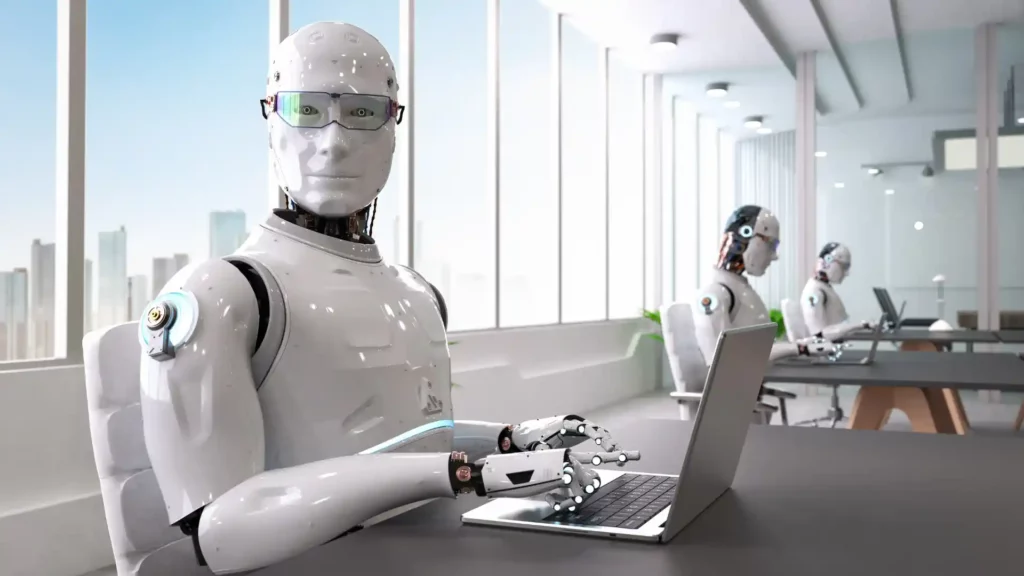
As industry 4.0 technologies evolve, they present manufacturing companies with an unprecedented opportunity to increase productivity and efficiencies; however, a variety of challenges also arise for a CEO in this environment.
Adopting these new industrial technologies requires adept management strategies and a keen focus on using and implementing all aspects of the technology.
The CEO must consider integrating their existing processes with industry 4.0 to create a more efficient workflow for their organization and drive sustainable success in the competitive manufacturing marketplace.
Working out how best to implement and utilize diverse information systems is paramount for any successful adoption, and selecting the right technology partners to ensure smooth execution and seamless delivery.
Creating an agile, flexible workforce that can accommodate changing demand and rapidly evolving markets
With the ever-changing demand and rapidly evolving markets, it has become increasingly important for manufacturing companies to integrate an agile, flexible workforce.
CEOs face a tremendous challenge; they must ensure that employees have the skillsets, knowledge, and resources necessary while considering their financial budget constraints.
CEOs must consider all aspects of the business and weigh the costs versus performance benefits before deciding which route to take to create the most effective and efficient workforce for their organization.
Investing in smarter, more efficient equipment and machinery to reduce waste and increase output
Investing in smarter and more efficient machinery is a key part of any successful manufacturing business. Upgrading to modern equipment can help reduce waste, optimize processes, and maximize output, providing essential cost savings that can immediately impact the bottom line.
Quality challenges in manufacturing industry with major challenges in production. Get the manufacturing problems and solutions pdf form.
CEOS must consider carefully when investing in new equipment, weighing the pros and cons to ensure they are arming their business with the tools for success. Finding the right fit for your business can seem daunting with all the possibilities available, but you must make informed decisions that will benefit your company in the long run.
Developing strategies to optimize supply chain management and mitigate potential disruption from labor shortages or global supply chain issues
As a CEO of a manufacturing company, it is important to develop effective strategies to optimize supply chain management and minimize potential disruption due to labor shortages or global supply chain issues.
Quality and reliable suppliers with efficient operations and solid industry practices are key to establishing an agile and sustainable supply chain.
Additionally, utilizing blockchain, artificial intelligence, and machine learning technology can help strengthen risk management processes while automating day-to-day operations. Access to real-time data also allows for easy tracking of progress and reviewing performance metrics, resulting in improved decision-making capabilities.

Finally, focusing on long-term relationships with integrated stakeholders through cooperation, coordination, and collaboration will ensure future success by avoiding the need for costly reversing of decisions.
The CEO can create a robust and secure supply chain with these measures despite any disruptions from labor shortages or cross-border challenges.
Growth
The challenges of being at the helm are multifaceted. In a competitive landscape, CEOs at manufacturing companies understand that sustained growth is essential to remain in the fray.
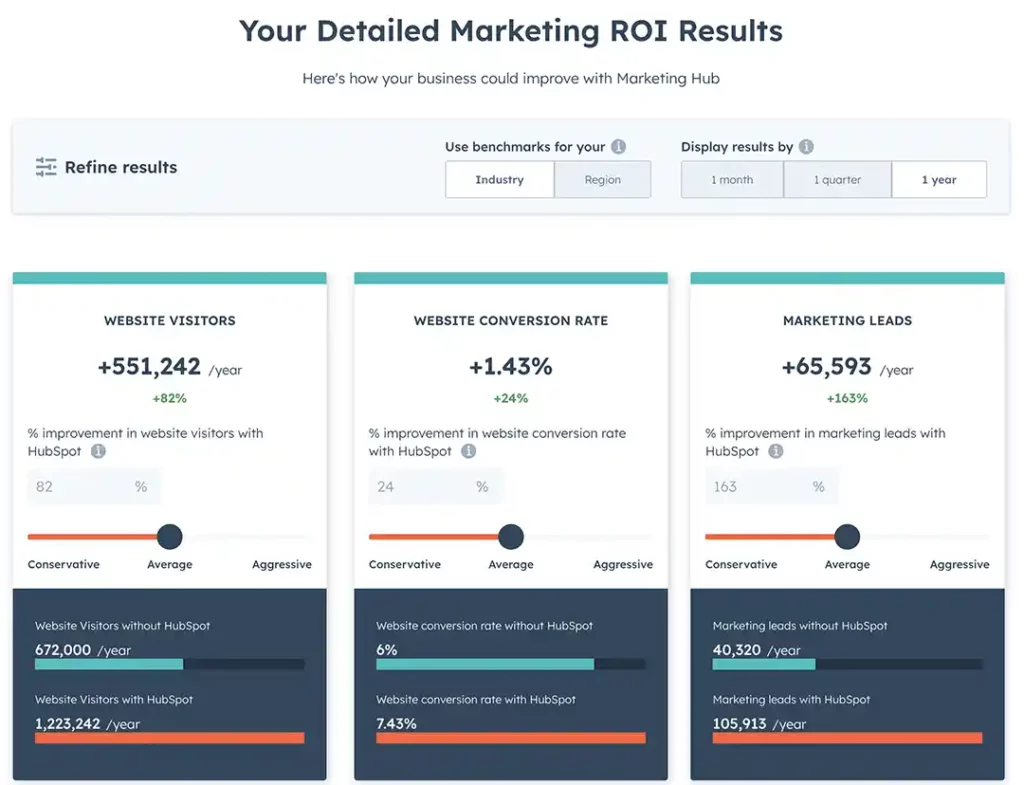
Effective organizational leadership, leveraging the right pathways for capital investments, and creating market presence by tapping the right opportunities are key areas they must navigate.
CEOs armed with these strategies have bolstered the direction of success within their organizations; after all, finding smart pathways to turn challenges into successes makes a leader capable of managing turbulent waters like those in the ever-changing corporate environment.
Technology

Technology has revolutionized the manufacturing industry, presenting unique challenges to CEOs. Manufacturing companies must now respond quickly to advances in machine learning and robotics while maintaining high standards of product quality and customer satisfaction.
At the same time, they must manage their human workforce to ensure efficient production and employee satisfaction.
CEOs are responsible for ensuring their company keeps up with the changing landscape of technology by developing strategies that can adapt over time while still fulfilling its core mission of providing competitive quality products in a rapidly-evolving business environment.
Financial
Being a CEO in a manufacturing company comes with financial challenges. Not only must the organization regularly monitor cash flow and ensure efficient spending, but it must also find ways to drive profit and maximize potential earning opportunities.
To remain competitive in an ever-changing marketplace, CEOS must be aware of trends within the industry and make appropriate investments accordingly.
Additionally, having a comprehensive understanding of fiscal laws and regulations relevant to their business sector can help avoid costly penalties or fines for unknowingly breaching them. To stay ahead of the curve, savvy CEOs should prioritize sound financial management practices in their operational strategies.
Innovation for Products and Services
As a CEO of a manufacturing company, it is essential to constantly innovate products and services to stay ahead of the competition. Despite the potential challenges in implementing new ideas, companies must explore and invest in innovative solutions that will give them a competitive advantage.
Having the right resources, techniques, and creative mindset is important to bring innovative ideas into reality. Being proactive and adaptive to new trends in the market allows companies to explore different options that best suit their customers’ needs while simultaneously positioning them at a level where they can build up the ground required for sustainable growth.
Sales and marketing
Sales and marketing are key components of a successful business, and a manufacturing company’s CEO faces unique challenges in these two areas. For example, creating an effective sales network is essential for boosting revenue, but this requires a deep understanding of consumer markets and industry-specific knowledge.
Additionally, forging customer relationships can take much work in such a competitive industry. Meanwhile, marketing activities must be tailored to the products sold to have the most impact. To navigate these challenges successfully, the CEO must have a firm grasp on all aspects of the sales and marketing process.
Sales
A successful business strategy for a manufacturing company must have an effective sales component.
This is especially important for the CEO, who must increase customer satisfaction, advance new product visibility, and expand market share. To achieve these goals, the CEO should align the sales process with market trends, ensure efficient customer service, and accurately forecast the products’ growth rate.
Furthermore, the CEO should strive to establish relationships with customers beyond a one-time purchase to maintain loyalty and trustworthiness in their brand. A manufacturing company can progress toward long-term organizational success with proper sales strategies.
Conclusion
The challenges CEOs face in manufacturing companies are complex and far-reaching. Leadership teams must be prepared to take necessary digital transformation measures, comply with ever-shifting regulations, and adopt new technologies.
The challenges manufacturing companies near Texas, USA are much different than the challenges manufacturing companies near California, USA.
Creating an agile workforce ensures companies stay competitive in today’s dynamic and rapidly changing markets. By using available technology such as predictive analytics, automation, process optimization, and smarter scheduling, leaders can manage their operations more effectively to maintain profitability while achieving desired growth targets.
If done correctly, embracing these initiatives can significantly contribute to a company’s success. As such, it is clear that CEOs must remain proactive in keeping abreast of what is going on inside – and outside – their organizations if they are to remain relevant and provide sustained value for stakeholders long-term.
General FAQs
What challenges do CEOs of manufacturing companies face?
CEOs of manufacturing companies face various challenges, such as digital transformation, compliance with regulations, and adoption of new technologies.
How can CEOs stay ahead of the competition?
To stay ahead of the competition, CEOs should prioritize sound financial management practices in their operational strategies, innovate products and services, create an effective sales network, and establish customer relationships beyond a one-time purchase.
What steps can be taken to embrace digital transformation initiatives?
Leaders can manage operations more effectively using predictive analytics, automation, process optimization, and smarter scheduling to take necessary digital transformation measures.
How can a CEO ensure the long-term success of their manufacturing company?
To ensure the long-term success of their manufacturing company, CEOs should focus on aligning the sales process with market trends, ensuring efficient customer service, and accurately forecasting the products’ growth rate. Additionally, they should strive to establish relationships with customers beyond a one-time purchase to maintain loyalty and trustworthiness in their brand.

